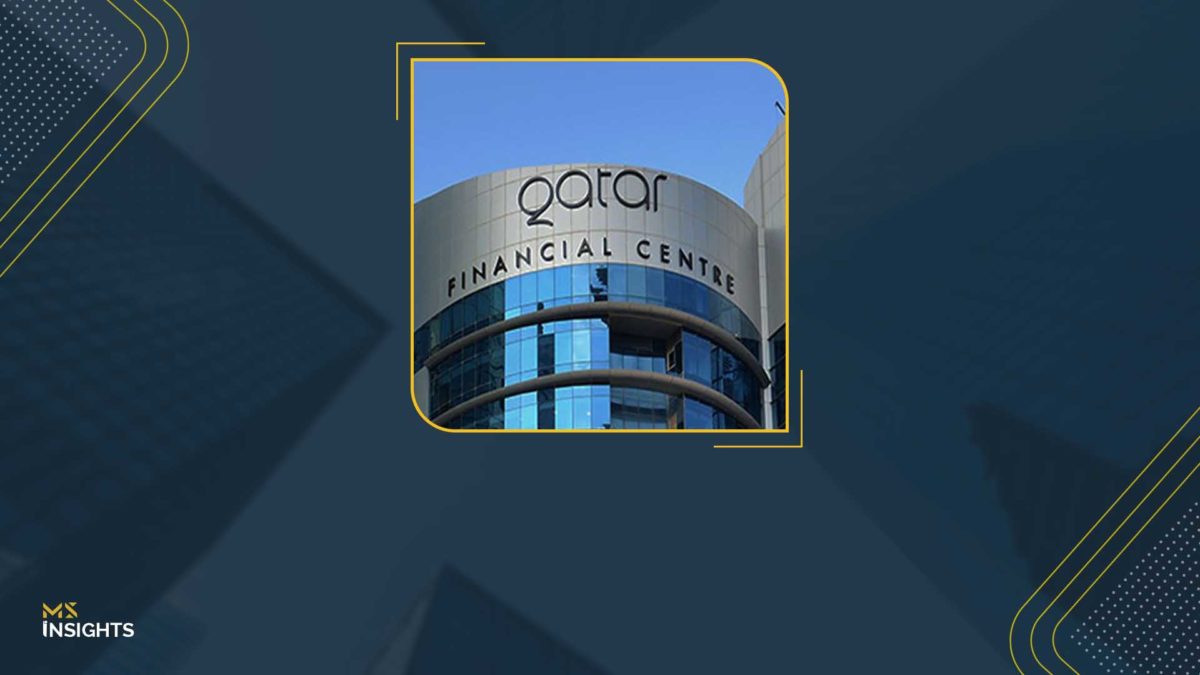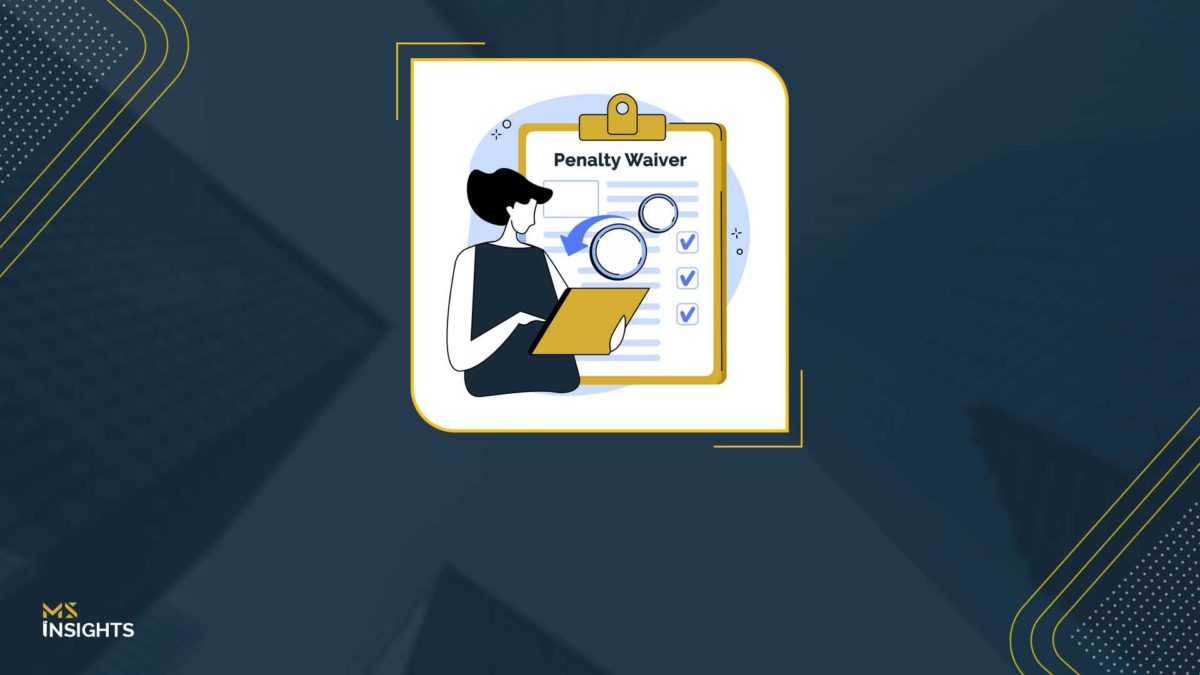Geopolitical tensions, economic volatility, tech-sector disruptions, and shifting workforce expectations, today’s global business landscape is defined by unpredictability.
The calm seas are gone. Leaders now thrive where the compass spins. Success now depends on leadership through uncertainty.
Across boardrooms and C-suites, one reality is becoming clear: the kind of leadership that once ensured success is no longer enough. Degrees, titles, and experience still matter, but what matters more is the ability to lead through complexity, adapt at speed, and inspire confidence when certainty is scarce.
At a time when businesses are being redefined by forces beyond their control, the search for leadership is about finding individuals who can reshape the narrative.
Leadership Through Uncertainty: Why the Old Rules No Longer Apply?
1. The Calm Is a Lie and Real Leaders Move in Chaos
Many leaders look impressive when markets are stable, and growth is predictable. But the real test is what happens when things fall apart: economic shocks, internal crises, or disruptive competitors.
Leadership through uncertainty requires a different mindset. Great leaders don’t wait for clarity or perfect information. They act decisively and thoughtfully in ambiguity. They understand that paralysis by analysis costs more than imperfect decisions made quickly. They are comfortable operating with incomplete data, asking the right questions on the fly, and iterating rapidly.
This kind of leader doesn’t panic or pretend to have all the answers. Instead, they model composure and curiosity, which calms teams and encourages innovation even in crisis. This ability to “move in chaos” creates momentum rather than gridlock.
2. Communication Is a Muscle and Most Aren’t Training It
Effective communication is about building and maintaining trust, especially when situations are fluid or bad news is inevitable.
Leaders who excel under pressure over-communicate, not to overwhelm but to ensure no one is left in the dark. They understand silence creates rumors, fear, and disengagement.
They share updates transparently and frequently, acknowledge what’s unknown, and invite feedback. This open dialogue strengthens organizational resilience and keeps people aligned, which is a key in leadership through uncertainty. It also prevents misinformation and cultivates a culture of psychological safety, where employees feel empowered to voice concerns and ideas
3. Leadership Can’t Be Centralized Anymore
In volatile environments, no single person can steer the ship alone. The complexity and speed of change require leadership at multiple levels.
Top leaders must build systems and cultures that develop other leaders continuously. This means delegating authority with accountability, mentoring emerging talent, and fostering collaboration rather than command-and-control.
When leadership is distributed, organizations adapt faster, decisions happen closer to the frontlines, and the burden on senior leaders is shared. We look for executives who naturally cultivate leadership in their teams and people who multiply impact by empowering others rather than hoarding power.
4. Forget Perfection, Favor Velocity
The traditional obsession with getting everything “right” before acting is a luxury that organizations can’t afford anymore.
Leaders who thrive today embrace leadership through uncertainty, where speed and adaptability trump perfection. They prioritize informed experimentation like launching pilots, learning quickly, and pivoting as needed.
This approach reduces risk by limiting exposure and increasing learning cycles. It also signals a growth mindset to teams, encouraging innovation and resilience.
5. The Soft Skills Are the Hard Differentiators
In tough times, technical skills and credentials take a backseat to emotional intelligence and relational leadership.
Leadership through uncertainty demonstrates empathy, active listening, and humility. They can absorb pressure without offloading stress onto their teams and create environments where people feel heard and valued.
They engage stakeholders early and honestly, even when the news is difficult. They manage conflict constructively, navigate cultural nuances, and build coalitions that sustain momentum.
These human-centered skills are difficult to fake or teach, but they become obvious in high-stakes interviews and real-world challenges. That’s why we prioritize emotional literacy as a core leadership competency.
6. You Don’t Need More Candidates. You Need the Right One
In the face of talent shortages and competitive hiring markets, volume isn’t the answer.
You have to identify leaders with the proven ability to tackle complexity and drive transformation.
This means looking beyond typical metrics to assess resilience, strategic agility, influence, and authenticity. It means understanding a candidate’s behavioral patterns in crisis and their capacity to inspire action.
Finding the right leader is the difference between surviving turbulence and thriving beyond it.
Leadership Through Uncertainty: Finding the Visionaries Who Drive Your Future
MS specializes in identifying executives with the vision, agility, and emotional intelligence to lead through uncertainty. Leveraging deep industry expertise and a vast network, we conduct a meticulous search and assessment process that uncovers candidates who align with your company’s culture, strategic goals, and unique challenges.
Our approach is consultative and tailored, we partner closely with you to understand your business’s needs and future direction, ensuring every recommendation is a strategic fit. By focusing on quality over quantity, we save you time, reduce hiring risks, and accelerate your leadership onboarding.
When leadership matters most, our executive search service connects you with transformative leaders who drive growth, inspire teams, and sustain competitive advantage.









